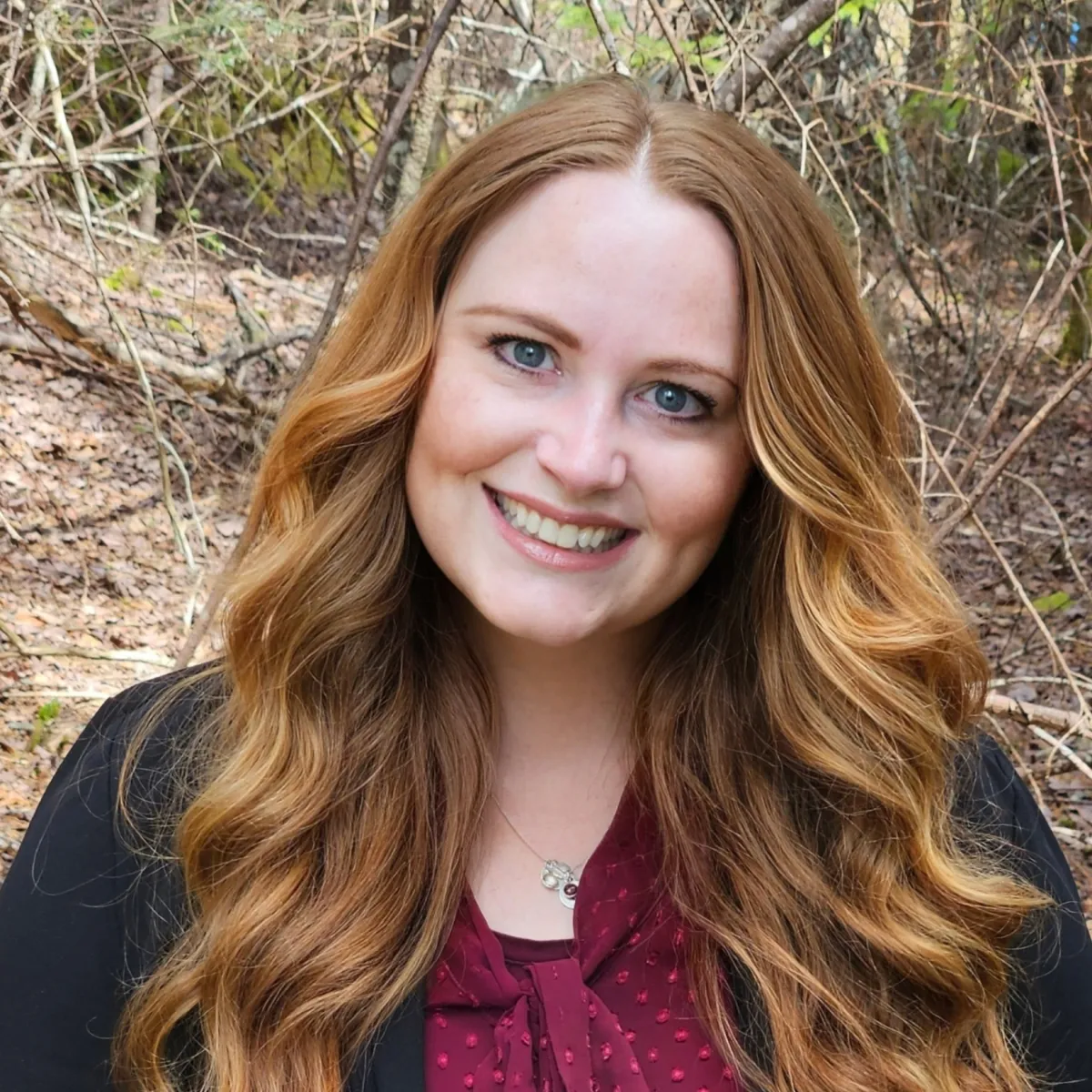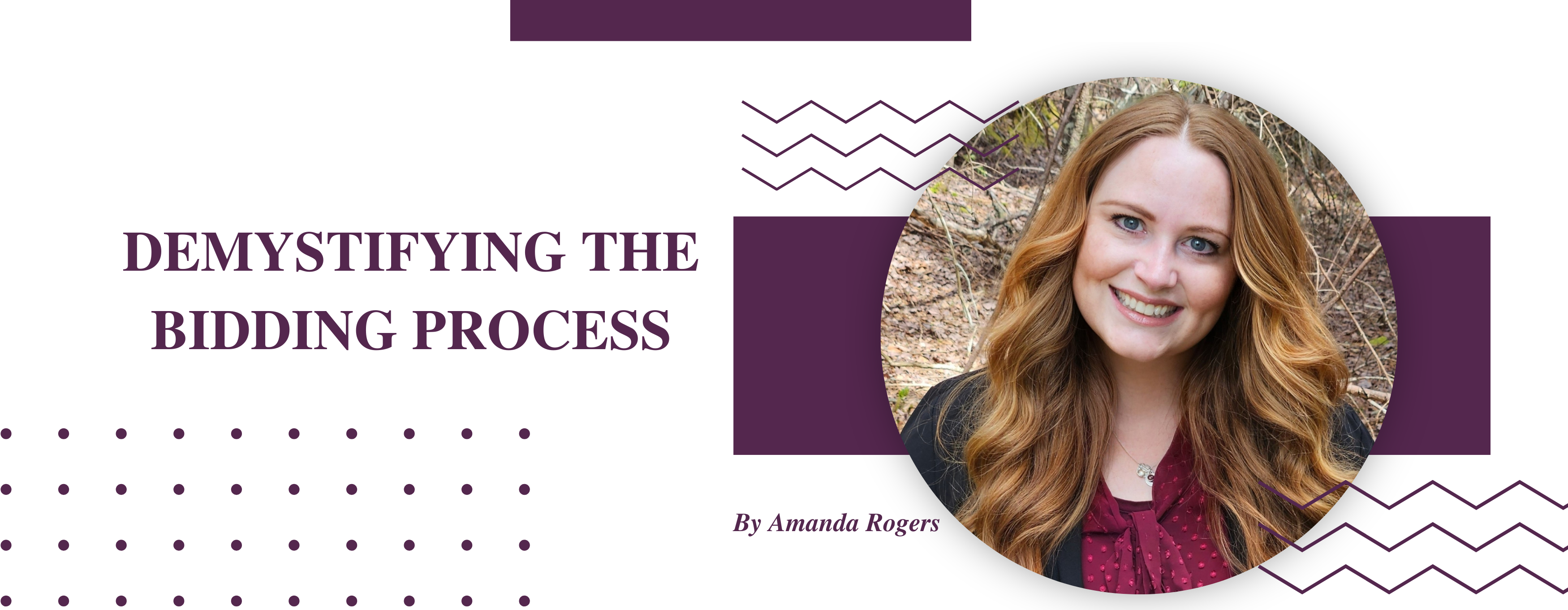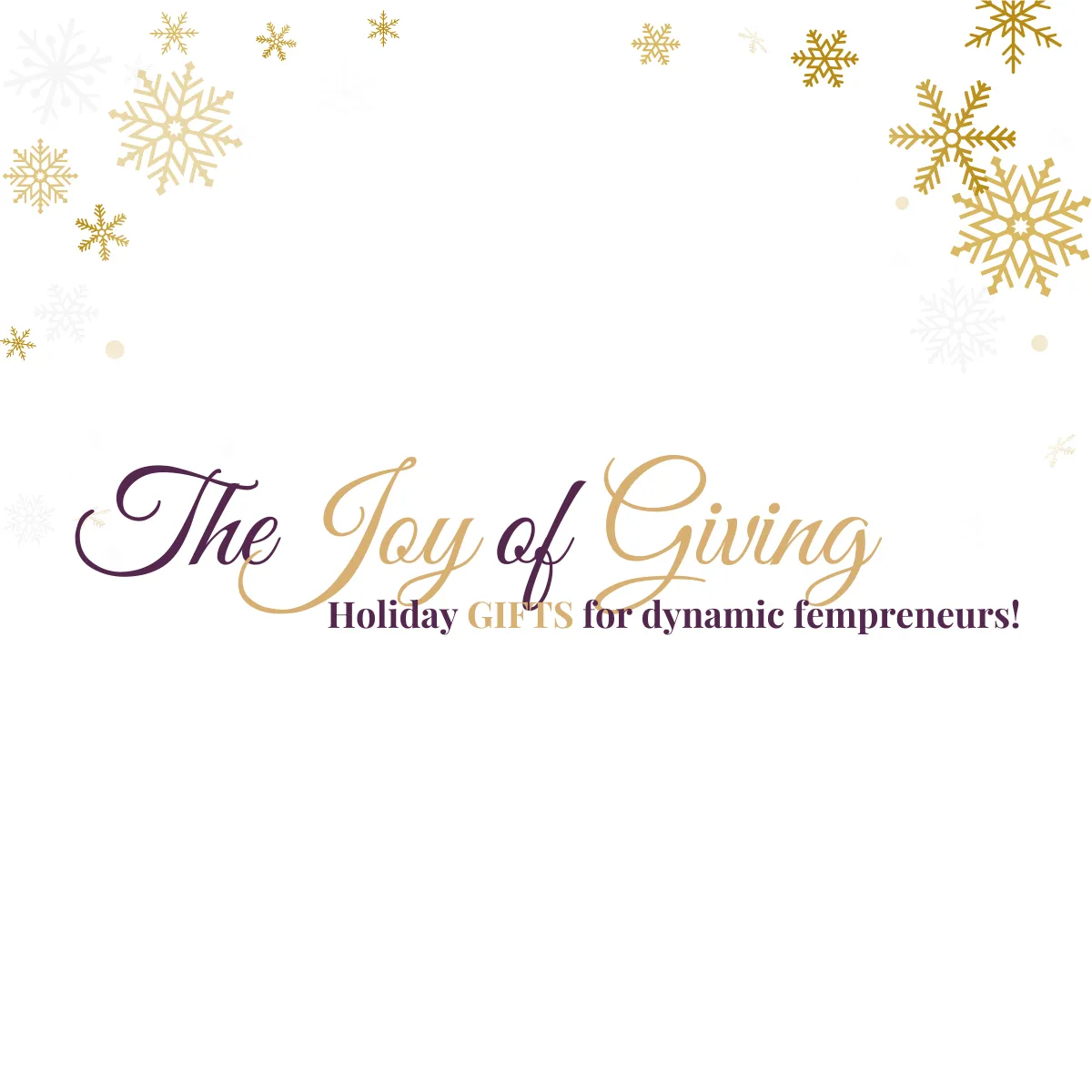
Demystifying the Bidding Process

Entering the world of “bidding” – the process of responding to a Request for Proposals (RFP) – can feel like you’re visiting another planet. Rest assured that it’s normal to feel overwhelmed when navigating unfamiliar bidding terminology, documents, and websites. As the founder of iPlume Writing, a writing and consulting business, I have gone through the bidding process for myself and on behalf of clients seeking help with their proposals. While it may seem intimidating, I can confidently say that the business opportunities you’ll unlock are worth the initial learning curve. If you’re interested in getting started, below is an overview of how bidding works, what a proposal looks like, and how to make your proposal stand out.
Understanding Key Terms
In its basic form, bidding is like applying for a job, but instead of a personal resume, it’s a document highlighting the experience and qualifications of your business. This document is called a proposal.
In the language of bidding, your business is called the supplier. The agency, corporation, or organization you’re pitching your business to is called the buyer. When a buyer requires external goods or services, they issue a request. Then, your business “bids” to be the supplier for this request. There are several kinds of requests that buyer’s issue. Two of the most common requests you will encounter are RFPs and RFSOs.
Request for Proposals (RFP): Buyers typically post an RFP for specific, larger-scale, time-sensitive projects. Proposals are evaluated, and the bid is awarded to one successful supplier.
Request for Standing Offer (RFSO): By responding to an RFSO, your business can get onto a buyer’s standing offer list – a pre-approved list of suppliers they go to for smaller projects. Although the amount of work you may receive is not guaranteed, standing offer lists are a great way to get your name out there.
Writing The Proposal
No two requests are alike, so keep in mind that each proposal you create will be slightly different. Like any good resume or cover letter, each proposal should be tailored to the project and buyer.
A basic proposal format typically includes some or all of the following sections:
Organizational profile
Relevant experience
Work plan/approach
Proposed schedule
Budget
References
Prepare to spend the most time bidding on an RFP. Buyers will be looking for your unique qualifications and work approach for a specific project. Try to start your proposal as soon as possible to allow time to create a polished product before the deadline. For a professional look, you can also add a custom cover page and use consistent headers and fonts.
Making Your Proposal Stand Out as a Woman-Owned Business
Many buyers are committed to working with diverse suppliers. As such, being a certified woman-owned business (WBE) or minority-owned business (MBE) can give your proposal an edge. For any woman-owned businesses, I highly recommend looking into a nationally recognized WBE certification like WBENC.
In my experience, many doors have opened for iPlume since getting certified as a woman-owned business. In addition to showing buyers that you are a diverse supplier, getting certified connects you to a supportive network of female business owners and exclusive career enrichment opportunities.
Time To Bid!
I hope that this article has answered some questions about the bidding process. Once you’re ready to start bidding, you’ll discover a whole new client base and a world of potential.
As a small business, you may not yet have the time to jump into proposal writing. That’s where my business, iPlume Writing, can help. My team and I assist businesses along their proposal process – from writing and budgeting to formatting and editing. We especially love to support woman-owned businesses to achieve their goals.

Filter by Category
Filter by Date
© 2017-2024 ~ Sharon Ringier Consulting ~ All Rights Reserved.
Website Terms & Conditions | Online Privacy Policy




